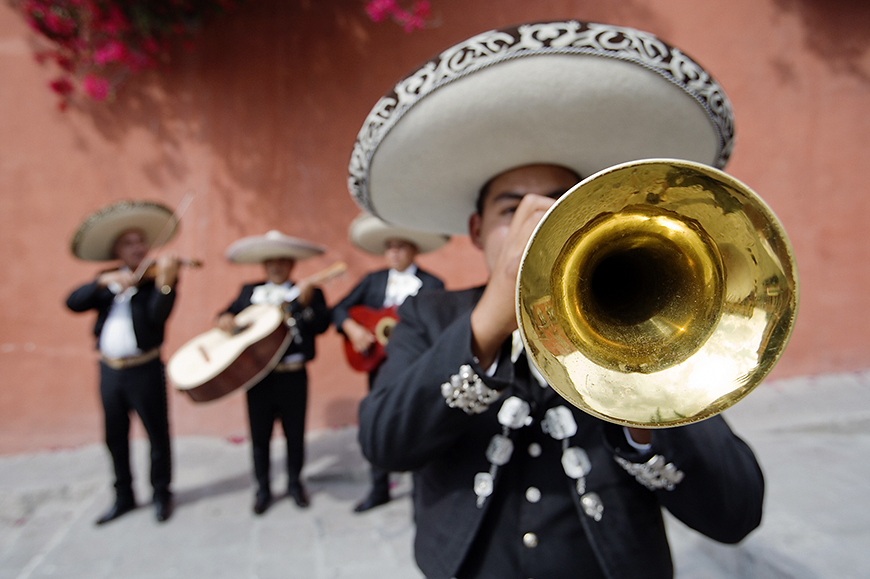Mexico’s Top 24
Peerless Palenque
Gather all your senses and dive headfirst into the ancient Maya world at the exquisite Palenque, where spectacular pyramids rise above emerald jungle treetops and furtive monkeys shriek and catapult themselves through dense canopies. Take your time to marvel at the abundance of reliefs, seek out the tomb of the mysterious Red Queen and her sarcophagus, wander the maze-like palace, gazing up at its iconic tower. Then, pay your respects to Pakal (Palenque’s mightiest ruler) at the Temple of the Inscriptions, perhaps the most celebrated burial monument in the Americas.
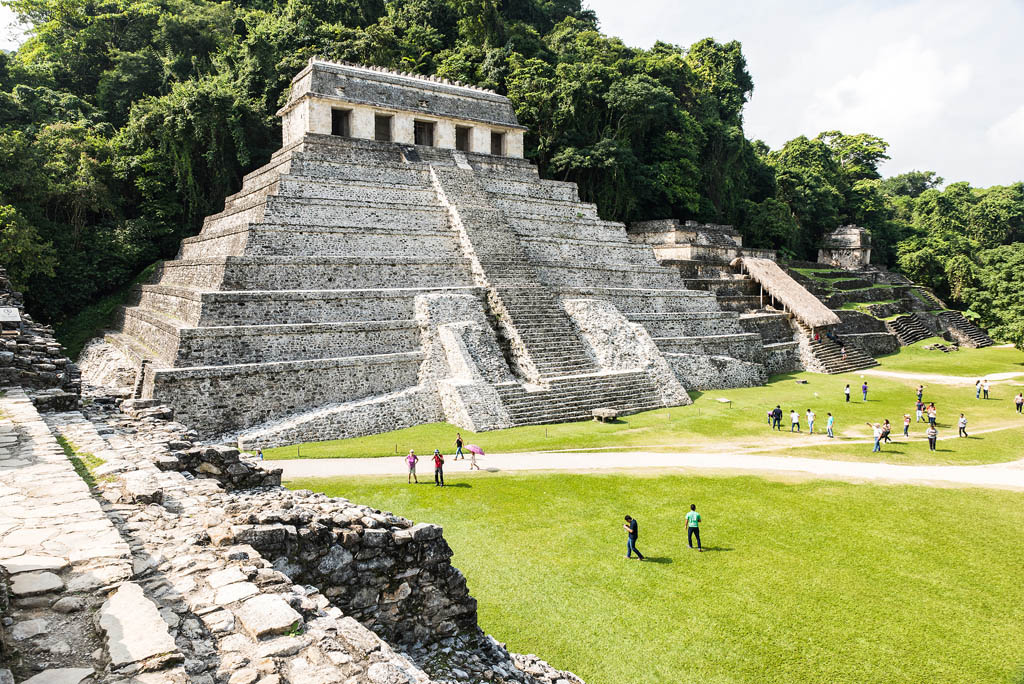
Top Experiences
Cabo Pulmo
Rediscover the magic of old Baja by visiting the largely undeveloped east coast, discovering world-class diving off Cabo Pulmo, the only coral reef on the west coast of North America and, at 71 sq km, one of the largest and most successful marine protected regions in the world. In this beautiful place you can expect to see black coral bushes, schools of trigger fish, and yellowfin tuna and snapper. Depending on the seasons and currents, you may also spy hammerhead sharks, huge manta rays and whale sharks.
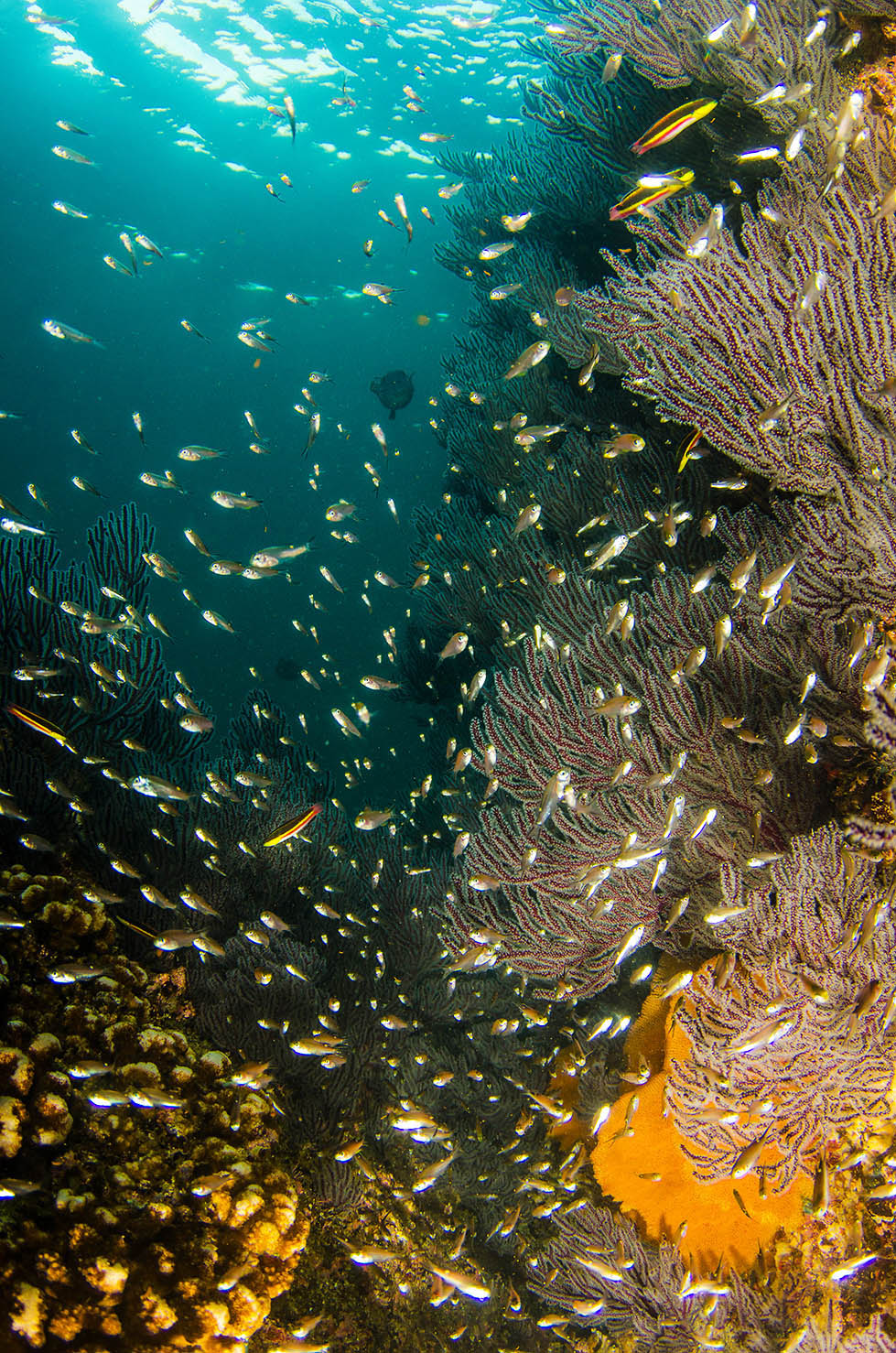
Top Experiences
Mexico City, Cultural Capital
The nation’s long-standing political capital clearly stands at the forefront of Mexico’s cultural scene as well. Remember that this is where many of the country’s top muralists left behind their most important works, such as Diego Rivera’s cinematic murals in the Palacio Nacional and the social-realism work of José Clemente Orozco in the Palacio de Bellas Artes. Art, music, dance and theater are everywhere in Mexico City – even a gondola ride along the ancient canals of Xochimilco wouldn’t be complete without taking in a fervent mariachi ballad.
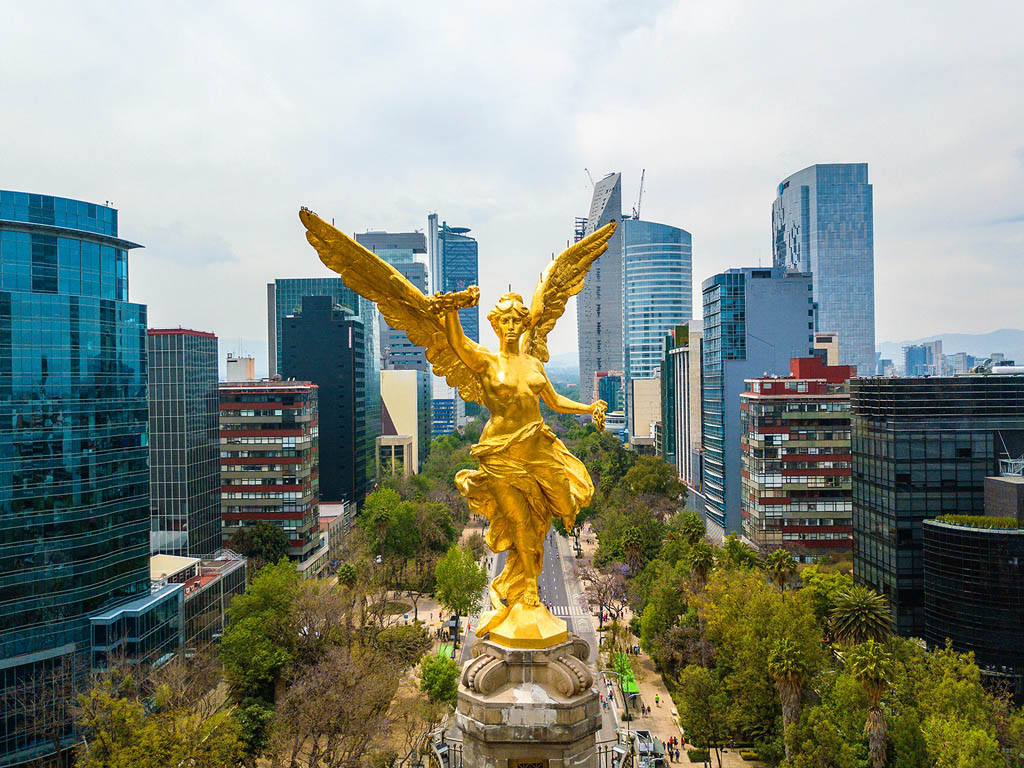
Top Experiences
Mexico’s Last Train Journey
The Ferrocarril Chihuahua Pacífico (Copper Canyon Railway) remains one of Latin America’s best rail trips. Trains climb from sea level at Los Mochis to Chihuahua’s high desert plains via the sensational rocky landscapes of the Copper Canyon. Vistas from your window include alpine forests, subtropical valleys, Tarahumara villages and glimpses of some of the world’s deepest canyons. Alight at a photogenic stop for 15 minutes along the canyon’s edge, or stay for days of exploring, hiking, biking and even zip-lining in one of Mexico’s most breathtaking destinations.

Top Experiences
The Pyramids of Teotihuacán
Once among Mesoamerica’s greatest cities, Teotihuacán lies just an hour out of Mexico City. The immense Pirámide del Sol (Pyramid of the Sun) and Pirámide de la Luna (Pyramid of the Moon) dominate the remains of the ancient metropolis, which even centuries after its collapse in the 8th century AD remained a pilgrimage site for Aztec royalty. Today it is a magnet for those who come to soak up the mystical energies that are believed to converge here.

Top Experiences
Oaxaca City
This highly individual city basks in bright upland light and captivates everyone with its deliciously inventive version of Mexican cuisine, gorgeous handicrafts, colorful fiestas, colonial architecture, booming arts scene and fine mezcals distilled in nearby villages. Within easy reach of the city are the superb ancient Zapotec capital, Monte Albán, dozens of indigenous craft-making villages with weekly markets, and the cool, forested hills of the Sierra Norte, perfect for hikers, mountain bikers and horseback riders.
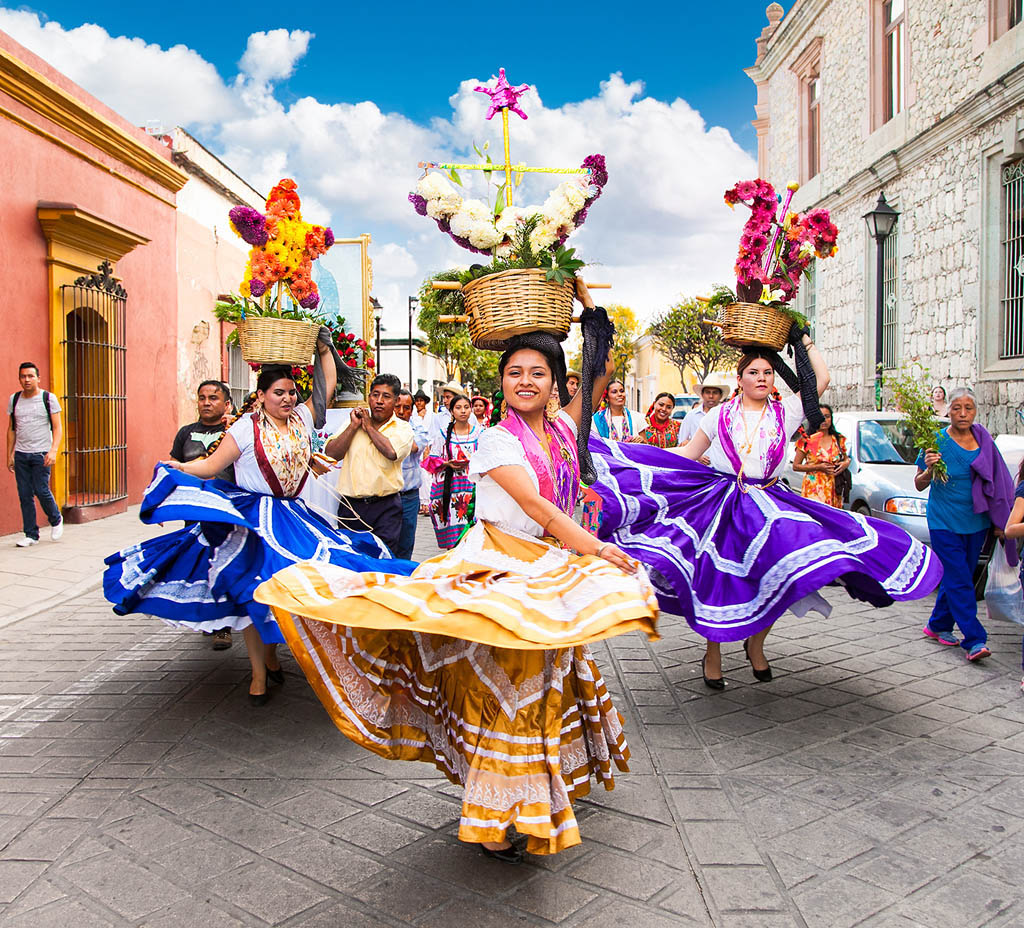
Top Experiences
Marvelous Mérida
The cultural capital of the Yucatán Peninsula, this large but manageable city has a beautifully maintained colonial heart. It’s veined with narrow cobbled streets and dotted with sunny plazas, with a wealth of museums and galleries and some of the best food in the region. Just out of town are wildlife reserves, graceful haciendas (estates) and jungle-shrouded cenotes (sinkholes) to swim in. A little further afield, the little-visited Maya sites along the Ruta Puuc allow you to step back in time without the tour groups.

Top Experiences
Shopping for Artisan Crafts
Mexico’s bright, infinitely varied artesanías are today’s successors to the costumes and ceramics of the pre-Hispanic nobility, and to the everyday handcrafted clothes, baskets and pots of their humbler subjects. Everywhere you go – whether wandering through markets, or visiting artisans in their village workshops to buy textiles, jewelry, ironwood carvings, bead-inlaid masks and more – the skill and creativity of potters, weavers, metalsmiths, carvers and leather workers delights the eye and tempts the pocket.
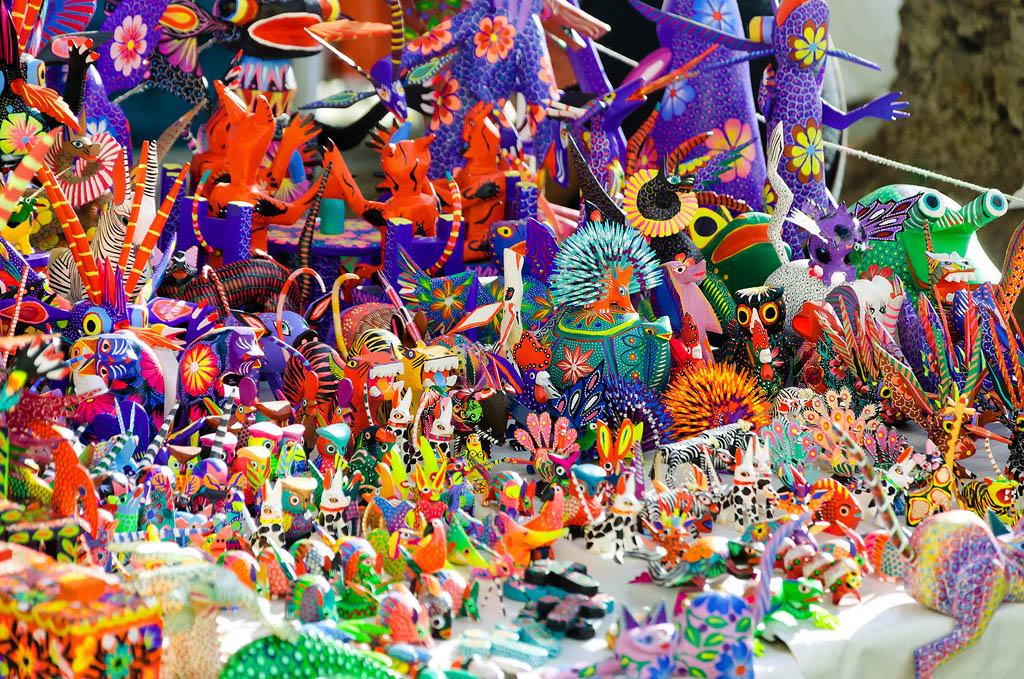
Top Experiences
Magical San Cristóbal de las Casa
Saunter the cobble-stone streets of hill-ringed San Cristóbal de las Casas, the high-altitude colonial city in the heart of indigenous Chiapas. A heady mix of modern and Maya, with cosmopolitan cafes and traditional culture, it’s also a jumping-off point for Chiapas’ natural attractions and fascinating Tzotzil and Tzeltal villages. Spend sunny days exploring its churches and bustling markets, or riding a horse through fragrant pine forest, and chilly evenings warmed by the fireplace of a cozy watering hole.
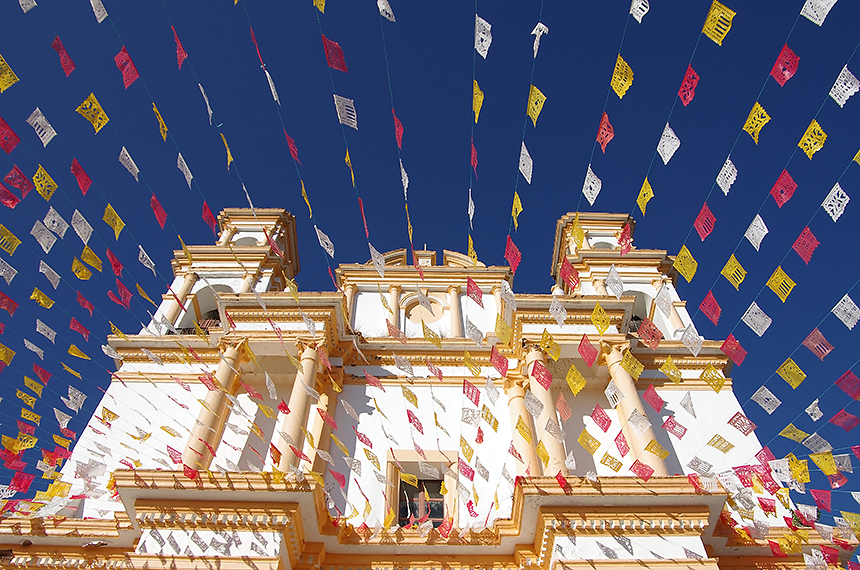
Top Experiences
Chichén Itzá
There’s a reason why this Maya site is the most popular of Mexico’s ancient sights – it is simply spectacular. From the imposing, monolithic El Castillo pyramid (where the shadow of the plumed serpent god Kukulcán creeps down the staircase during the spring and autumn equinoxes) to the Sacred Cenote and curiously designed El Caracol, the legacy of Mayan astronomers will blow your mind. Admire the Wall of Skulls and the stone carvings at the Temple of Warriors, or come back at night for the sound-and-light show.

Top Experiences
Relaxing on the Oaxaca Coast
After a few days on this 550km sequence of sandy Pacific beaches you’ll be so relaxed you may not be able to leave. Head for the surf mecca and fishing port of Puerto Escondido, the low-key resort of Bahías de Huatulco, or the ultra-laid-back hangouts of Zipolite, San Agustinillo or Mazunte. Soak up the sun, eat good food and imbibe in easygoing beach bars. When the mood takes you, have a swim, surf or snorkel, or board a boat to sight turtles, dolphins, whales, crocs or birdlife.
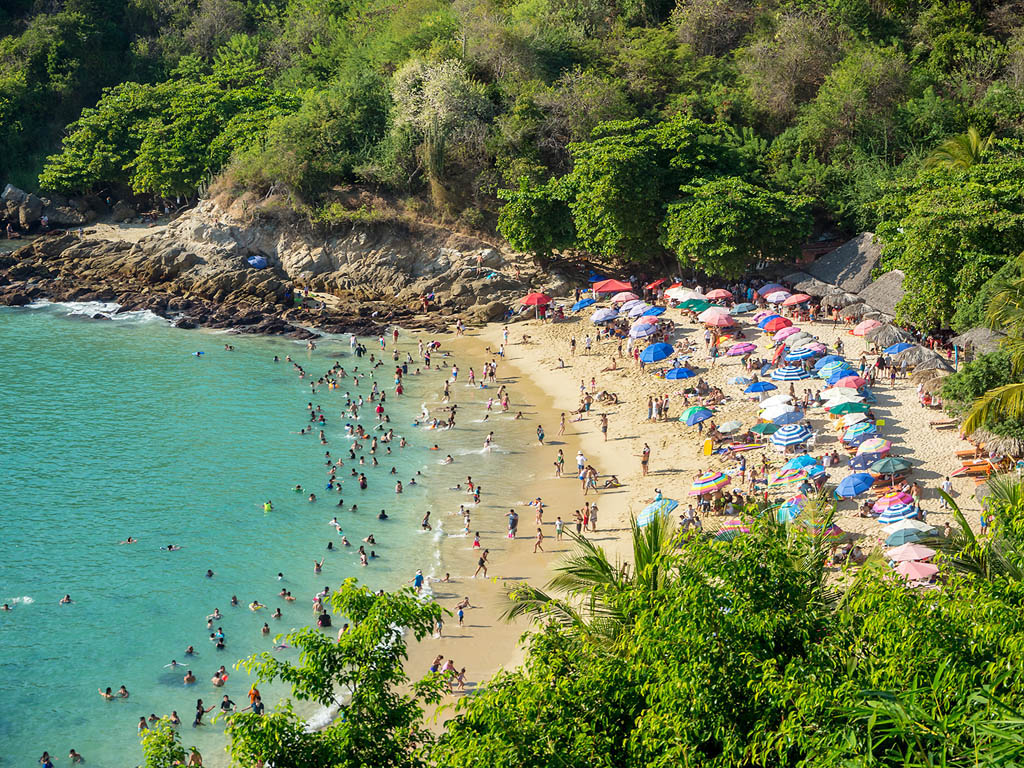
Top Experiences
Savoring the Flavors
Mexican cuisine is like no other, and every part of the country has its own regional specialties, based on seasonal local ingredients and what’s fresh on the day. For the tastiest travels, try local dishes from restaurants and busy market and street stalls – you’ll lose count of the delicious culinary experiences here you encounter. When it’s time for fine dining, seek out some of the legion of creative contemporary chefs who concoct amazing flavor combinations from traditional and innovative ingredients.
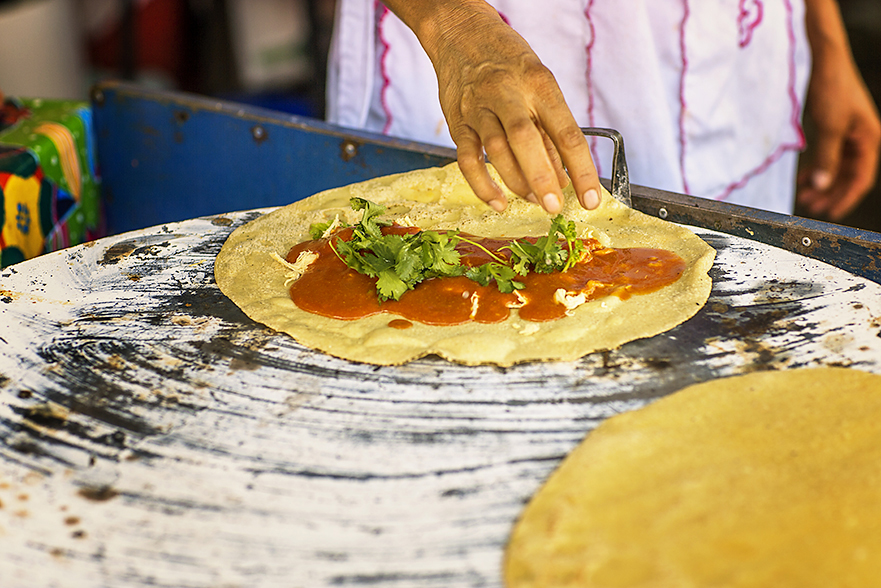
Top Experiences
La Huasteca Potosina, San Luis Potosí
Gorgeously green Huasteca Potosina, a subregion of San Luis Potosí, offers ruins, cave visits and wild and wet experiences. You can plunge into, boat to or ogle at a number of stunning waterfalls and rivers. As for color? The turquoises, aquas and greens are as vibrant as any manipulated image. Huastec culture is strong here: don’t miss trying a local zacahuil, a massive tamal. The region is home to surrealist garden, Las Pozas, where gigantic Dalí-esque structures strut their quirky stuff.

Top Experiences
Volcán Paricutín
As volcanoes go, Paricutín is still in its adolescence. Blasting out of a Michoacán maize field in 1943, it’s one of the youngest volcanoes on Earth, and one of only a few whose life cycle has been fully studied by scientists. And the dormant, 410m-high cone is relatively easy to climb. Some rock hop across barren lava fields to bag the peak, others ride horses through hot black sand before dismounting for the final summit scramble over volcanic scree. The goal’s the same: a chance to stand atop a veritable geological marvel.

Top Experiences
Pico de Orizaba
Touch the sky high above Mexico on the gruelling climb to the 5611m summit of Pico de Orizaba, the snowcapped highest mountain in the country. The trek is no walk in the park. You’ll need the help of an experienced local trekking operator, clothing for extreme cold and a sense of adventure as big as the mountain itself. If this all sounds a bit extreme for you, you can enjoy any number of less-demanding trails on the peak’s lower slopes.

Top Experiences
San Miguel de Allende
This colonial beauty has it all: a springlike climate, extraordinary light, architecture, handicraft shopping and some of the best culinary experiences in the country. Its frequent festivities mean that music, parades and fireworks are never hard to find, and its nearby hot springs are a joy to unwind in. Famously a place for retired gringos to spend the winter, San Miguel has so much more to offer than expat hangouts; spending time here is often a highlight of Mexico for many visitors.

Top Experiences
Monarchs in their Millions
Canopies of butter-flies cover the forests and hillsides in the Reserva de la Biósfera Santuario Mariposa Monarca (Monarch Butterfly Biosphere Reserve), an astonishing yearly natural phenomenon. It’s the kind of annual event to plan your trip around – between late October and March the migrant monarchs cover every surface, weighing down fir tree branches and changing the landscape into a permanent sunset as the butterflies winter far from the freezing Great Lakes. It is one of the planet’s most spectacular migrations and not to be missed.

Top Experiences
Costa Maya
Do yourself a favor and get to this region while the going’s still good. Unlike the overdeveloped Cancún and Riviera Maya, you can still find quiet fishing villages on the Costa Maya that put a premium on sustainable development, such as Mahahual and Xcalak, both of which boast some of the best dive sites on the Caribbean coast. Then head inland for Laguna Bacalar, a laid-back lakeside town known for its mesmerizing scenery, a 90m-deep cenote and an old Spanish fortress.
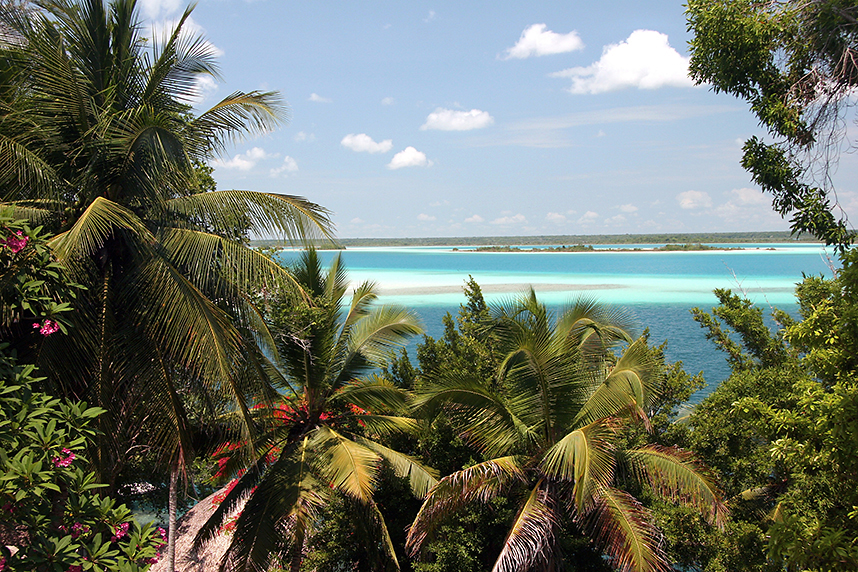
Top Experiences
Pacific Coastline
Running from the desert islands of Baja California to verdant coves backed by lush mountains, and from untrammeled expanses of sand to lagoons teeming with birdlife, Mexico’s Pacific coastline is stunning in its natural beauty. Punctuating this primordial grandeur is a series of resort towns – Mazatlán, Puerto Vallarta, Manzanillo, Ixtapa, Zihuatanejo and Acapulco – interspersed with world-class surf spots such as Barra de Nexpa, Boca de Pascuales, Troncones and Puerto Escondido, where clear barrels of awesome power batter the shores.

Top Experiences
Gregarious Guadalajara
Mexico’s second-largest city manages to dazzle despite being more a collection of pueblos than a great metropolis. This charmer gets under your skin with colonial buildings, lofty churches, labyrinthine markets, awesome public spaces and craft shopping in the arty suburbs of Tlaquepaque and Tonalá. The young and middle class party all weekend in hip bars and dance clubs, and there’s nowhere better in western Mexico to eat out, whether you’re after local specialties such as spicy goat stew, or chic New Mexican and fusion cuisine.
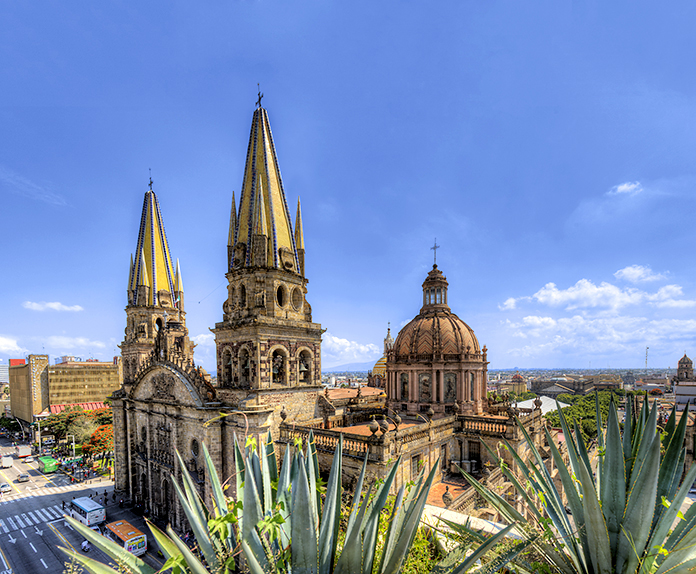
Top Experiences
Espíritu Santo
Part of a Unesco-protected Biosphere Reserve, Espíritu Santo island is spectacular in every way. Pink sandstone has been eroded by wind and waves into finger-like protrusions, each harboring a beautiful cove. And if this otherworldly beauty isn’t enough then you can descend into the endless blue with whale sharks, dive the many colorful reefs, camp under a canopy of stunning stars, watch frolicking sea lions at their island colony and paddle your way along myriad azure bays.
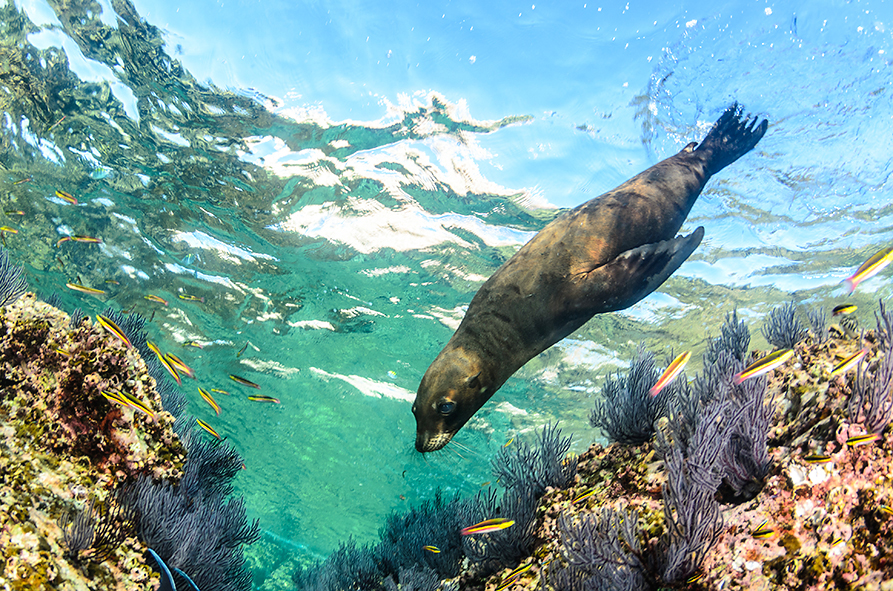
Top Experiences
Tulum
Take a world-famous Maya ruin, plonk it down beside the achingly beautiful white sands and turquoise-blue waters of the Caribbean and you’ve got the rightly popular Tulum. Add in accommodations for all budgets, from beachside shacks to top-end resorts, some fantastic restaurants and bars, and numerous attractions in the surrounding area from cenotes (limestone sinkholes) to other Maya ruins, and it’s no wonder many people come for a few days and find themselves staying for far longer.

Top Experiences
Puerto Vallarta
Visitors adore colorful Vallarta’s profusion of charms and it’s undoubtedly a more genuine, vibrant place than most of Mexico’s large beach-resort towns. Set on a long bay dotted with lovely beaches, it offers big-city nightlife, small-town friendliness, get-away-from-it-all excursions and a legendary LGBT scene. Beyond its lovely seafront boardwalk, one of the real delights of Puerto Vallarta is the abundance of top-quality street food, counterbalanced by a refined selection of fusion restaurants.

Top Experiences
Guanajuato
The glorious World Heritage–listed city of Guanajuato packs a huge amount into its narrow valley. The former mining town turned colorful university city is a feast of plazas, fun museums, opulent colonial mansions and pastel-hued houses. Snake your way along pedestrian alleyways, people-watch in the squares, mingle with marvelous mariachi groups, or party hard at estudiantinas (trad-itional street parties) and in the many student bars. The underground tunnels – the town’s major transport routes – make for a particularly quirky way to get around.
